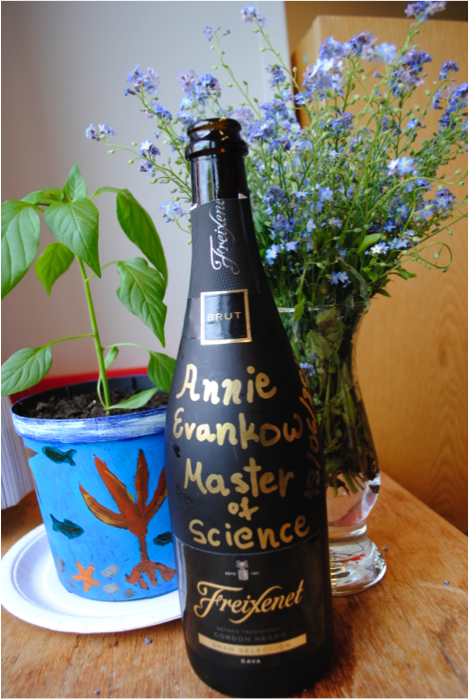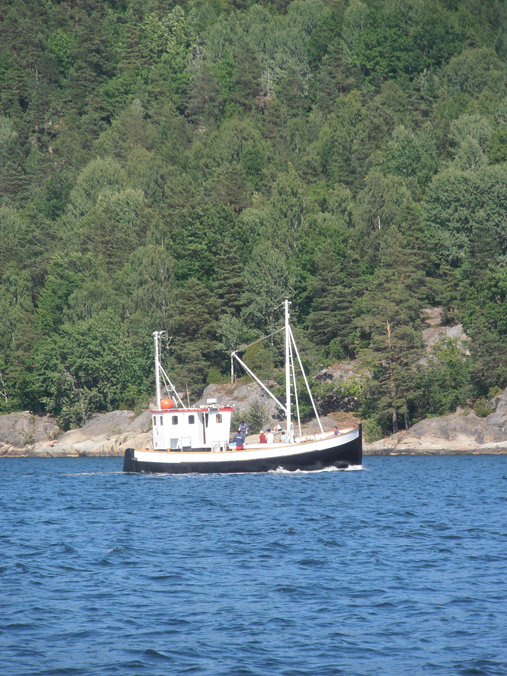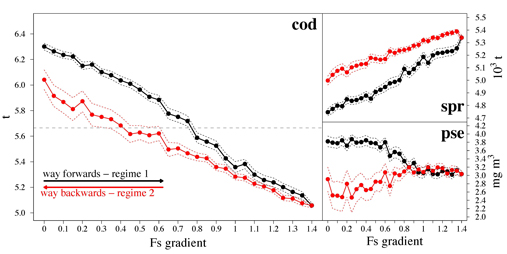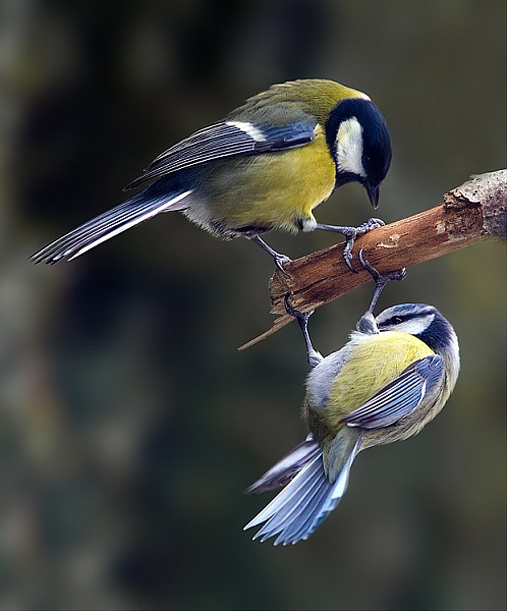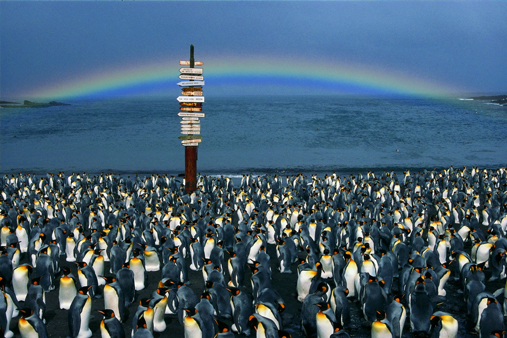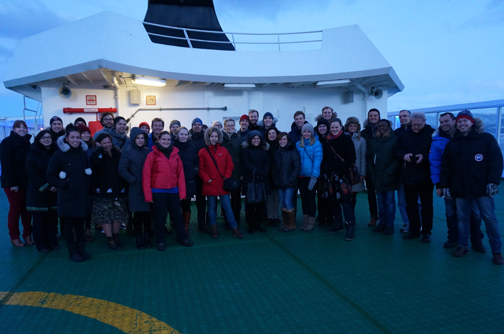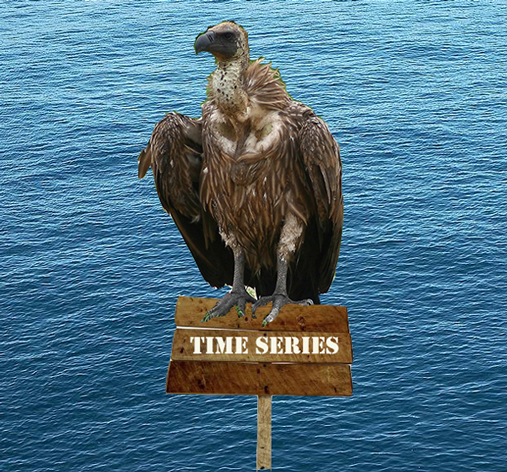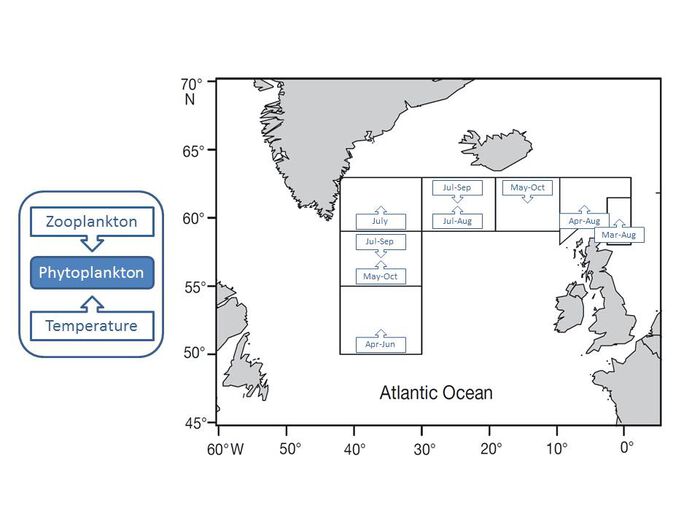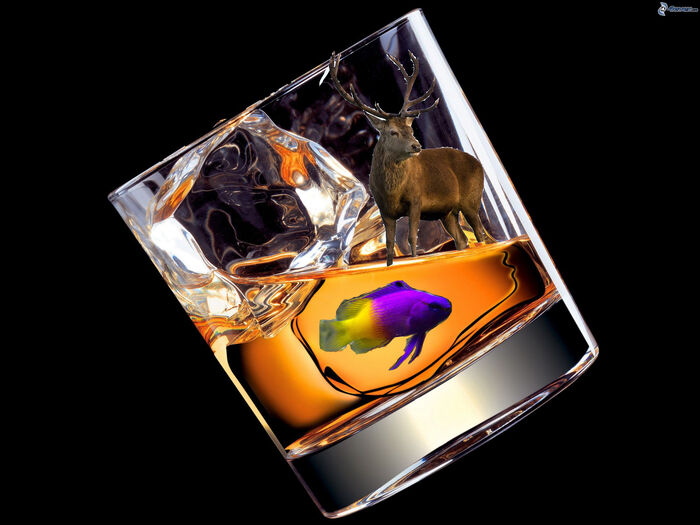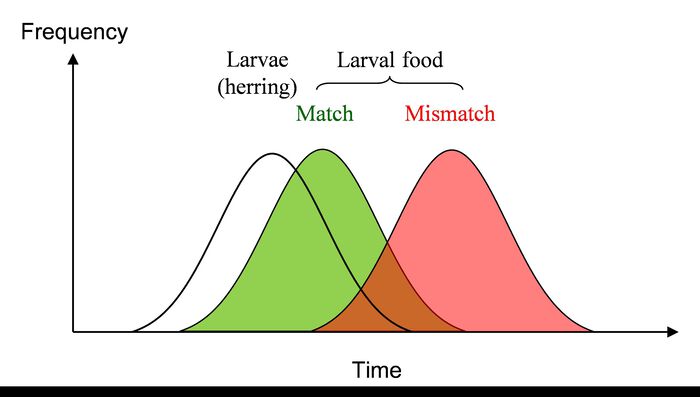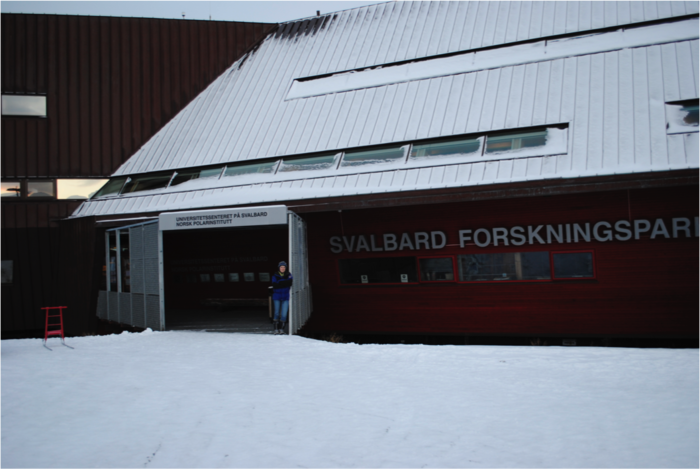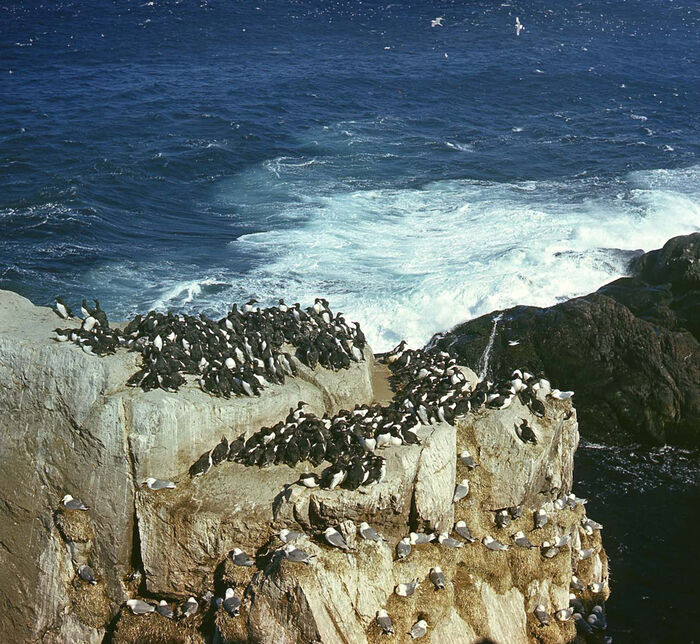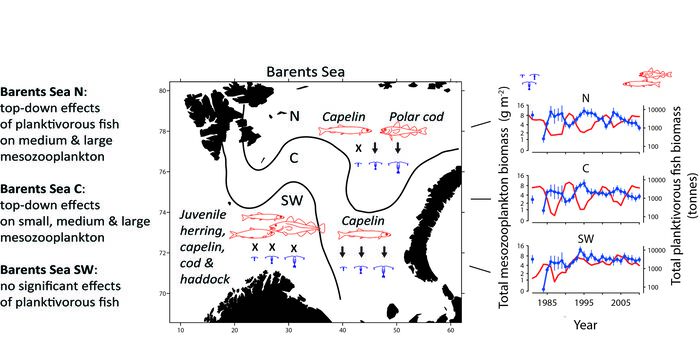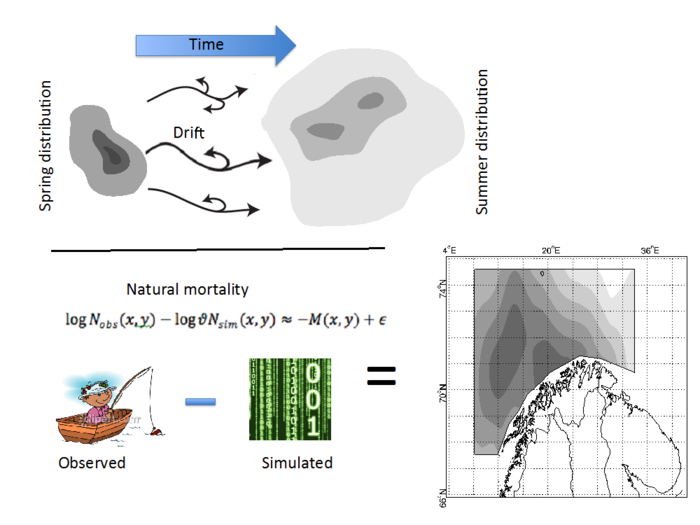In June this year, 50 Master students finished their degrees with the Department of Biosciences. And I was one of them! I turned in the final draft of my Master's thesis on June 1st. And on June 18th, I presented, defended, and became a Masters of Science. Once approved, Master's theses are digitally published on DUO. Read on for information about what to expect from a Master's exam and our traditional celebrations at IBV.
Blogs - Page 3
A fundamental challenge for European Marine Science is to deliver scientific impact, global leadership and sustainable blue growth for Europe in times of overexploitation, climate change and other anthropogenic stressors. The Marie Sklodowska-Curie Innovative Training Networks MARmaED project makes important steps to answer this challenge by connecting science, policy and people, thus transcending national borders, disciplinary barriers and sectorial divides.
Spatial Ecosystem models can be useful but need to be validated with data. Our study validates for the first time the spatial version of the commonly used Ecopath with Ecosim ecosystem modelling suite. We find that spatial distribution of fish species is well predicted by the model, but fishing effort distribution is not.
In this study we assessed the chances of recovery of the Baltic Sea cod stock and conclude that it will never come back to the status it had more than three decades ago and that the economic losses associated to this new baseline amount to 120 million euros per year.
Climate warming is known to affect predator-prey relationship and phenology. Less is known about competitive relationships specifically in a nonlinear framework. In a recent study, we studied this topic on…
passerine birds.
The Ecosystem Approach to Fisheries Management has for many years been presented as the way to go to ensure fish stock productivity and has been adopted by many governments and international organizations. But to which extent has ecosystem information in fact been included in tactical fisheries management practice?
Many marine fishes experience tremendous mortality during their first months of life. Understanding the causes of this mortality and why it varies from year to year has challenged fisheries ecologists for more than a century. Part of the difficulty comes from the fact that many fishes have free-floating larvae. It is therefore difficult to follow a group of fish larvae over time in the field and investigate which factors cause mortality.
Since Hjort’s ground-breaking work, it is admitted that the survival from the egg to the first reproduction is an essential factor affecting the dynamics of fish populations (see post). Human activities around spawning ground may have an effect on the mortality of the younger age. One of such potentially risky activity is oil exploitation which is on the increase in the northern areas.
In honor of International Women's Day, I present the story of one seaweed scientist who unknowingly saved the nori industry and made it possible for sushi to become a global food.
Much of our present knowledge on the ecology and behaviour of animals is derived from longitudinal studies of individuals using long-term datasets. The collection of such datasets requires the ability to identify individuals repeatedly over time, i.e. by individual markings. Here comes the problems for Penguins.
The fascination for the High North is an important element of the Norwegian heritage, symbolized by explorers such as Roald Amundsen and Fridtjof Nansen. And as climate change pushes the limits of exploitable areas northward, the Arctic is again central in the political debate. With commercial opportunities facing environmental challenges, we need knowledge about the North, communication between stakeholders, and leaders with an Arctic heart. Enter, Emerging Leaders!
Europe and other funding agencies are very attentive to interdisciplinarity and trans-sectoral activities. Their ever growing demand for multi- and trans-disciplinary science is reaching such a level that making Ecology and getting funding for it becomes a challenge. Is there a way around it?
The year 2014 marks the 100th anniversary of the Norwegian oceanographer and biologist Johan Hjort’s ground-breaking work, Fluctuations in the great fisheries of northern Europe, viewed in the light of biological research. This anniversary was commemorated with a special issue of ICES Journal of Marine Science.
Some while ago a student asked us if we were collecting data in the marine ecological group at CEES. We were forced to acknowledge that we were not. From this follows a real cri de coeur: “but we are only scavengers!” Are we really? If we are, is it all bad?
Phytoplankton biomass is controlled by a combination of “bottom-up” factors such as temperature, light and nutrients and “top-down” factors, in particular zooplankton predation. In a recent study we analysed large-scale data on ocean chlorophyll, copepod abundance and temperature in order to assess the general importance of bottom-up and top-down factors in controlling phytoplankton biomass.
In 2005 Stenseth and colleagues wrote a tribune in the Theme section of MEPS ‘Bridging the gap between aquatic and terrestrial ecology’ arguing on the mutual benefit of uniting ecologists to give birth to new science and understanding. In December 2014 we got funded a big project by the Norwegian Research Council to do just so in Norway.
Increased sea temperature due to climate change can influence the distribution, abundance and seasonal timing of zooplankton. Changing zooplankton dynamics might in turn impact the higher trophic levels, such as fish and seabirds, feeding on these animals. In a recent paper, we show that temperature variation in the Atlantic waters of the Norwegian Sea and Barents Sea might have stronger effects on the abundance of the younger than older development stages of Calanus finmarchicus, and that these stages might appear earlier in spring during warm years.
Climate change is thought to change many aspects of the marine life. Among others, one can mention changes in species distribution (immigration of species; new species coming to northern areas), the rate of development (warmer the temperature, the faster is the development), and change in the timing of the reproduction. The latter has recently caught a lot of attention around a nearly 50 years old hypothesis of the British fisheries biologist David Cushing.
Climate change, and especially alteration in sea temperature, is expected to have major effects on the distribution and abundance of marine fish. This is in particular the case in northern high-latitude marine ecosystems, where IPCC expects global warming to be especially pronounced.
For the final class of my Masters, I applied to Arctic Marine Molecular Ecology at the University Centre in Svalbard (UNIS). UNIS offers classes for undergraduate, graduate and postgraduate students in biology, geology, geophysics and technology. Once accepted, I booked tickets to the land of polar bears, northern lights, and the nautical polar night for an exciting five week educational adventure.
Short supplies of adequate nesting sites and food resources are often associated in discussions of the ultimate factors controlling seabird population size, distribution and breeding success. Shift of prey distribution may affect the interaction between seabirds breeding at the same site.
Statistical analyses of long-term monitoring data reveal an inverse relationship between the biomasses of zooplankton and plankton-eating fish, but only in the northern and central parts of the Barents Sea. In the southwestern Barents Sea, so such relationship is found.
Understanding the interaction between species is particularly actual in marine systems where ecosystem approach of management is desirable. This is particularly the case in high latitude systems such as the Barents Sea where climate change effect is supposed to be the strongest.
Mortality of pelagic eggs and larvae of marine fish is often assumed to be constant both in space and time due to lacking information. This may, however, be a gross oversimplification, as early life stages are likely to experience large variations in mortality both in time and space.
